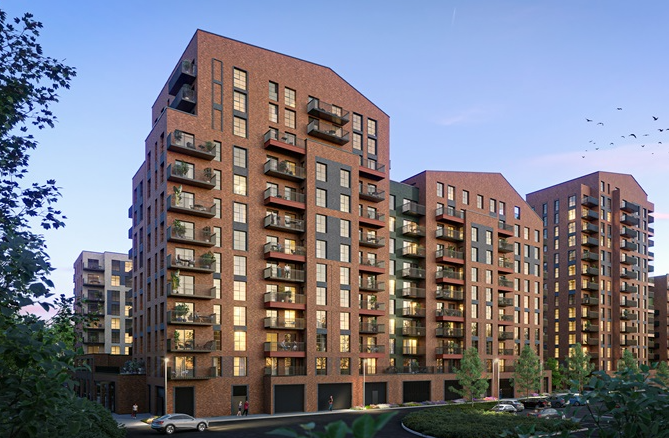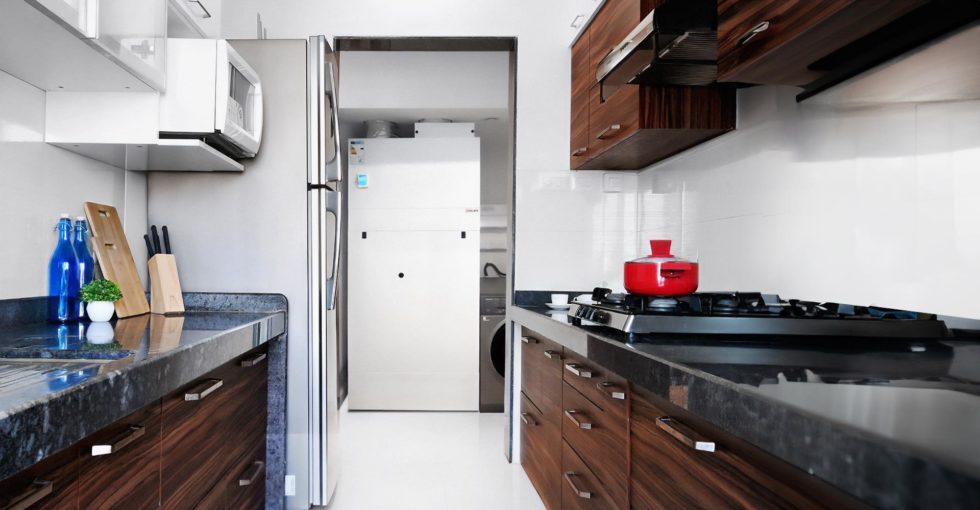
With the Future Homes Standard now rolling out across England and Wales, the UK housing sector is entering a new phase of low-carbon construction. The policy aims to ensure all new homes are ‘zero carbon ready’ and produce 75–80% fewer carbon emissions than those built under previous regulations.
For developers, this shift has turned energy performance and indoor air quality from optional extras into essential design considerations. The challenge is achieving compliance without sacrificing comfort, space, or cost efficiency.
A new era for UK housebuilding?
The Future Homes Standard has reshaped the design priorities for all new developments. Traditional gas boilers are being phased out, replaced by low-carbon heating technologies such as air-source heat pumps. Meanwhile, updated Part L and Part F building regulations have tightened standards for insulation, airtightness and ventilation.
These measures are vital for the UK’s 2050 net-zero goals, but they also introduce new complexities for builders. Developers must now integrate heating, cooling and hot-water systems that deliver both regulatory compliance and comfort within increasingly compact spaces.
The mechanical systems gap
While much attention has been given to building fabric efficiency, mechanical systems often hold the key to overall performance. Heating, ventilation and hot-water design directly affect a home’s Standard Assessment Procedure (SAP) rating, energy bills and occupant wellbeing.
Specifying these systems early in the design process is essential. Done right, it streamlines compliance and avoids expensive retrofits later.
Integrated indoor-climate systems: the smarter solution
To meet these challenges, more UK developers are turning to compact, all-in-one indoor-climate systems like Nilan’s Compact P range.
Each unit combines:
- Mechanical Ventilation with Heat Recovery (MVHR)
- Air-source heat pump
- Domestic hot water storage
- Optional active cooling
This integrated approach replaces multiple separate systems, simplifying design and installation while delivering high efficiency and year-round comfort.
Advantages for developers and homeowners
- Simplified specification: a single, integrated system streamlines M&E design, coordination, and installation – ideal for developments under tight space constraints.
- Proven energy performance: Nilan’s systems can recover up to 90% of extracted heat, helping new homes achieve EPC A ratings and exceed Future Homes benchmarks.
- Space-saving design: with footprints starting from around 600 mm, these compact units are perfect for apartments and modern townhouses where plant space is limited.
Looking ahead
While the Future Homes Standard has drawn debate over whether it goes far enough, it is undeniably reshaping how homes are built.
For developers and specifiers, success now depends on choosing systems that integrate seamlessly, perform reliably and future-proof developments for decades to come.
With solutions like Nilan’s integrated indoor-climate systems, builders can deliver homes that don’t just meet the standard – they define what sustainable living in the UK should look like.
